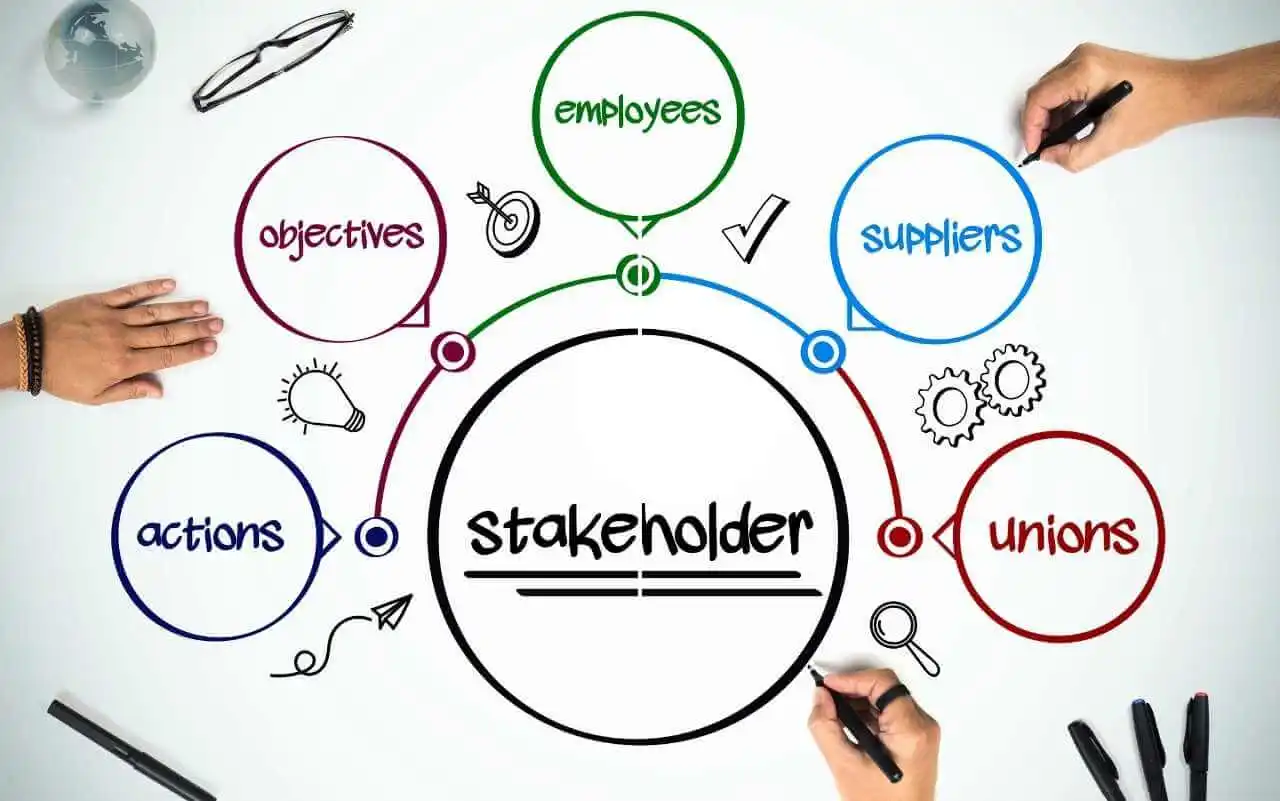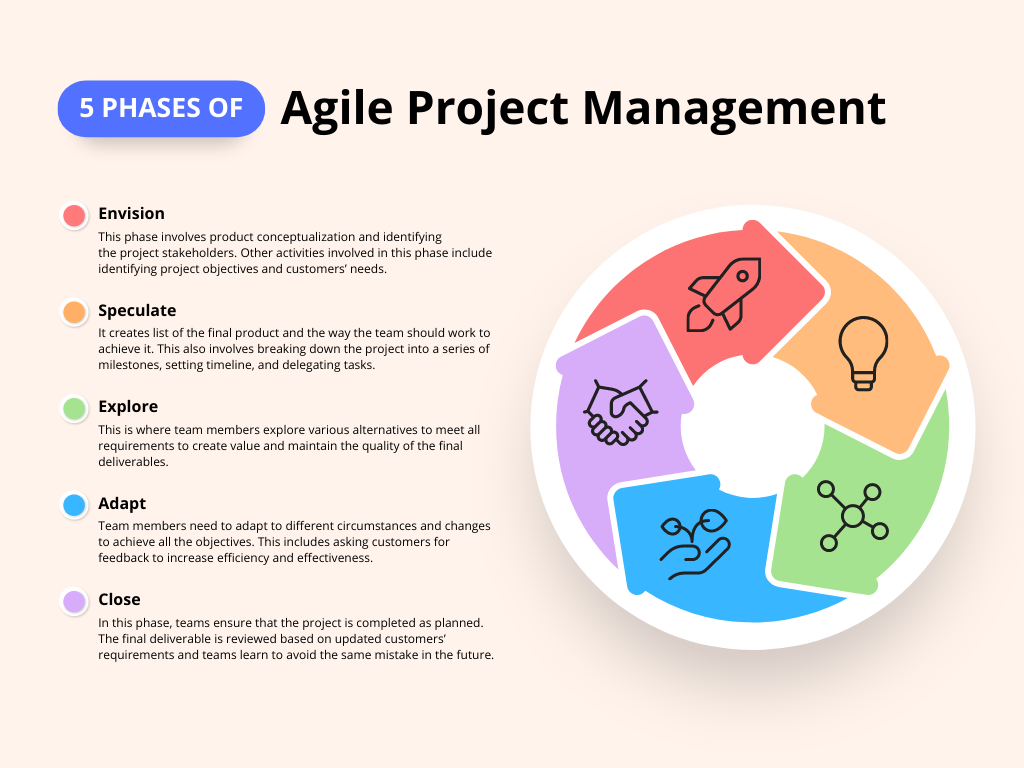
In the project management field, there are three terms that every project manager needs to familiarize themselves with: Project, Program, and Portfolio management. Chances are you’re very familiar with the first term. However, if you’re seeing the other two for the first time, you may ask: What is Program and Portfolio management? And how do they relate to project management?
Let’s start by saying that all three terms fall within the project management field. However, the role and meaning of each term are different. How? Stick around as this article discusses the relationship between project, program, and portfolio management.
What is Project, Program, and Portfolio Management?
1. Project Management
Project management is simply organizing resources to meet a project’s goals. By resources, we mean the time, budget, and team members allocated to a project. A single project may consist of multiple tasks that need to be completed.
It’s the project manager’s job to ensure that all these tasks (including the overall project) are completed on time and within budget. After all, that’s what it means to achieve a project’s success. Below are the key features of this level of management.
Key Features of Project Management
- It has a well-defined start and end date.
- Each project aims at a unique set of goals.
- Projects have resources assigned to them for their completion.
2. Program Management
If multiple tasks can make up a project, then what do multiple projects make up? The answer is a “Program.”
With that, program management refers to overseeing a group of projects (called a program) and ensuring the program meets its intended goals. A program generally consists of interrelated projects with the same objectives.
As you may have guessed, the one performing these tasks is a “Program Manager.” Since it consists of several projects, it perfectly fits within the “project management field,” as a whole.
Key Features of Program Management
- Sharing of resources across different similar projects.
- Programs take more time to complete than individual projects.
- Projects within a program aim at the same objectives within the firm.
3. Portfolio Management
The next layer at the management level is Portfolio Management or Project Portfolio Management (PPM). A Portfolio Manager’s job is to oversee a collection of programs and projects (portfolio).
Thus, we can define Portfolio management as overseeing several projects and programs as a group to achieve the goals set by the firm.
Key Features of Portfolio Management
- Portfolio management ensures that all projects and programs align with the firm’s goals.
- The firm may decide to prioritize certain projects based on their impacts on the firm’s objectives.
- Portfolio management has no fixed duration. It all depends on the projects and programs it encompasses as well as the firm’s strategic goals.
With all that said, what are the key differences between these three levels of project management? Discover three of them in the table below.
Differences Between Project, Program, and Portfolio Management
| PROJECT MANAGEMENT | PROGRAM MANAGEMENT | PORTFOLIO MANAGEMENT |
|---|---|---|
| It is the management of resources to meet a single project’s goals | Defined as the management of a group of projects called a program | Defined as the management of a collection of several projects and programs (called a portfolio) to meet the firm’s strategic goals. |
| It has a clear and temporary duration with a fixed start and end date | It has a longer duration than project management | It has no fixed duration. It all depends on the tasks (projects and programs) it encompasses. |
| Each project has dedicated resources assigned to them | Related projects within a program may end up sharing resources | Resources are allocated to each project and task within the portfolio. The firm may give priority to more crucial projects. |
Wrapping Up

So, in summary, what’s the relationship between project, program, and portfolio management? Simply, project management is the smallest unit here, making up programs that in turn contribute to the firm’s objectives aimed at through portfolio management.
While the three are interconnected, it’s important to note that they each have their unique characteristics. For that reason, it’s difficult for a single person to work as a project, program, and portfolio manager silmultaneously. Understanding your role and focus area will help you effectively manage your company’s projects, programs, or portfolios.







